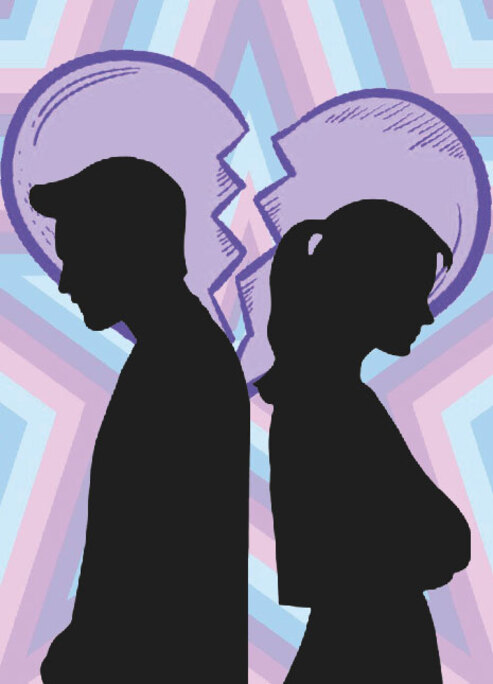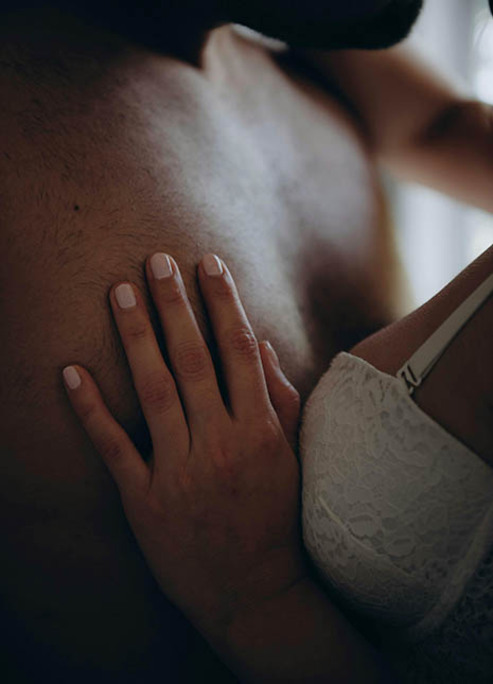
5 Surprising Realities About European Baby Standards In 2025
Raising the bar.
2025 is more informed, more skeptical, and far more demanding when it comes to what touches their baby’s skin or goes into their baby’s body. Nowhere is that shift more visible than in Europe, where government policy, public pressure, and innovation have converged to raise the bar across every corner of infant care. What’s emerging isn’t just a cleaner market—it’s a whole new model for how to think about baby products, starting with five surprisingly progressive realities.
1. Organic Has Gone Mainstream and Affordable
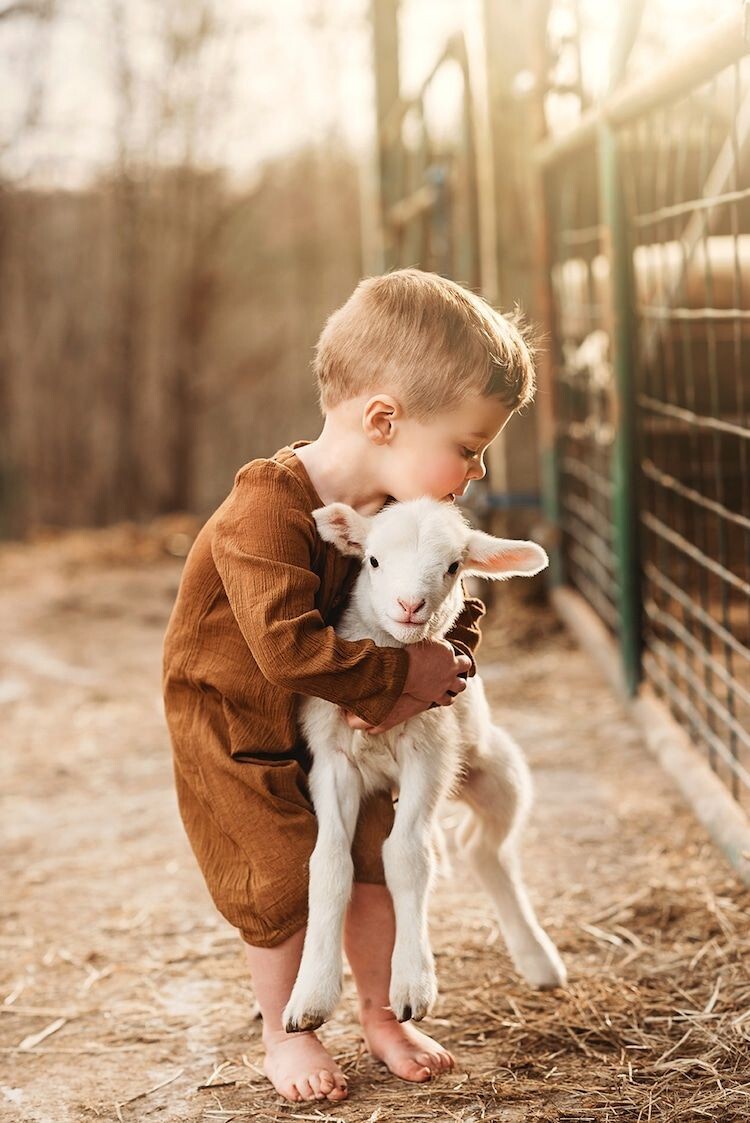
European policy has made it easier than ever for organic baby products to move beyond the luxury aisle. Instead of treating organic as a status symbol, governments have integrated it into national nutrition plans, early education standards, and food subsidy programs.
New parents in Germany or Austria can expect hospital programs to introduce organic feeding right from birth. Supermarkets in France are required to carry a baseline percentage of organic-certified baby foods. And in Italy, pediatricians are increasingly prescribing organic-first approaches for sensitive infants with digestive issues.
As a result, families don’t have to search specialty shops or pay a premium to find high-quality organic infant formulas: they’re already sitting on the main shelf, priced to compete.
2. Sustainability Is Built Into Every Step of Baby Product Manufacturing
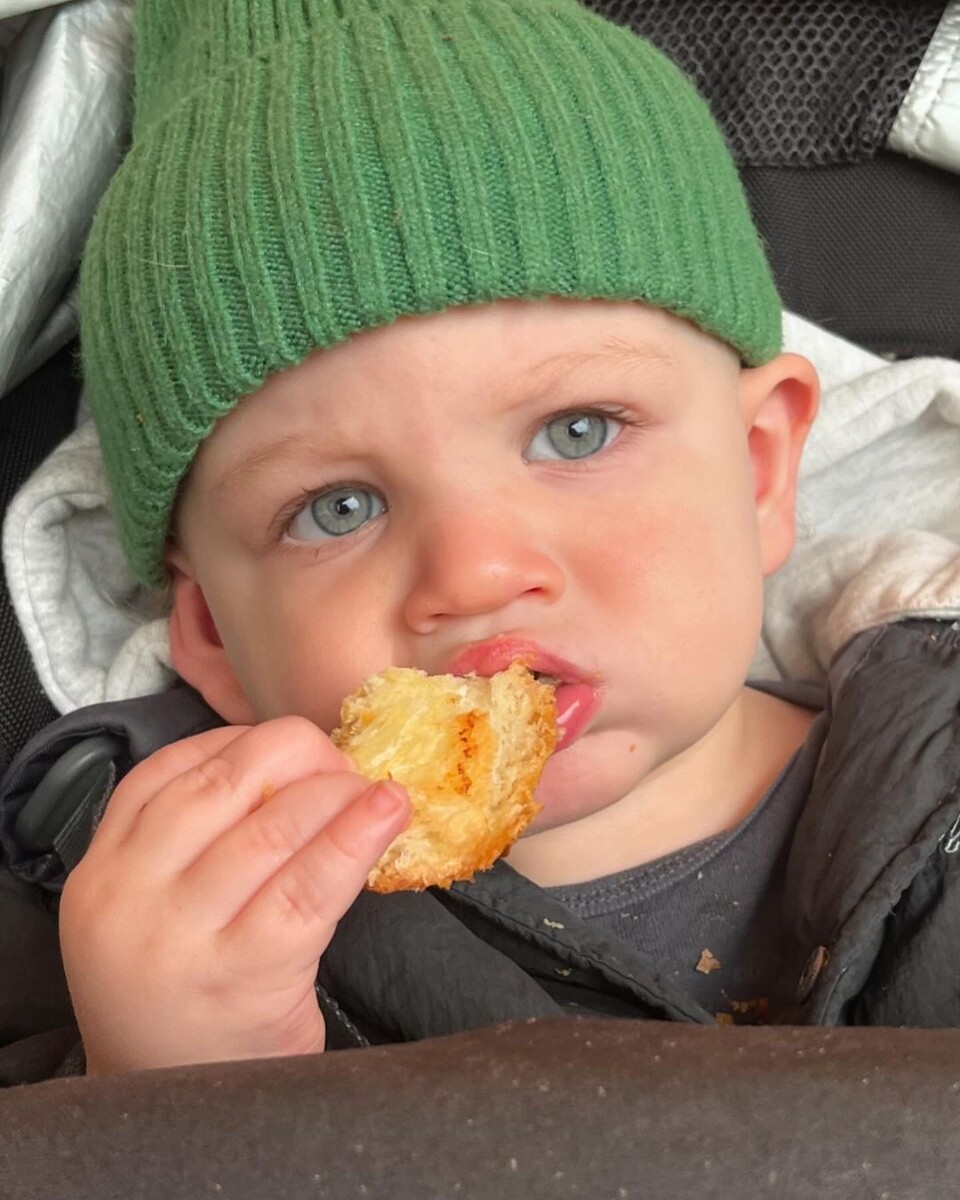
In European baby markets, sustainability is more than an aspiration. It’s enforced. From rattles to rompers, any product made for children under the age of three must meet environmental and ethical sourcing standards. These are not soft targets. They’re verified through:
- Documentation trails
- Lab testing
- Material audits
- Carbon output tracking
Toys made of recycled plastic must disclose the source and purity of the materials. Baby clothes must be free from a lengthy list of chemical dyes and flame retardants. Even wipes and diapers are scrutinized for biodegradability performance under real-world landfill conditions.
Parents shopping for baby gear in Sweden, Finland, or France often have access to product impact data printed right on the packaging.
3. Plastics Face Heavy Scrutiny and Swift Rejection
Europe’s chemical safety watchdogs have gone far beyond banning BPA. Today, parents choosing baby bottles, pacifiers, or sippy cups can expect manufacturers to test for dozens of additional substances, including phthalates, formaldehyde releasers, and hormone-disrupting compounds like PFAS.
Even toys and sleepwear are included in this crackdown. Products must undergo mechanical durability testing and prove that no harmful substances migrate through chewing, sucking, or sweat exposure. Leach testing and safety data sheets are the new norm, not niche extras.
The continent’s collective effort to phase out toxic materials in child products has already influenced supply chains around the globe. As regulations tighten, companies must either adapt their materials or get out of the market.
5. Labels Actually Mean Something
In many countries, parents have to decipher what certifications even mean, if they mean anything at all. Europe has turned that on its head. Certifications like “EU Organic,” “CE,” and “OEKO-TEX Standard 100” come with built-in compliance mechanisms, unannounced audits, and the power to revoke approval instantly.
A baby stroller that fails a stability test doesn’t get a second chance. A formula found to contain even trace amounts of banned substances is pulled from the market. These aren’t cosmetic distinctions—they’re legal thresholds.
Brands that pass muster often promote their compliance quietly because the standards are publicly available and measurable. That transparency creates an atmosphere of trust, where parents aren’t just sold peace of mind. They’re given facts.
5. Parental Leave Policies Help Babies Thrive from Day One
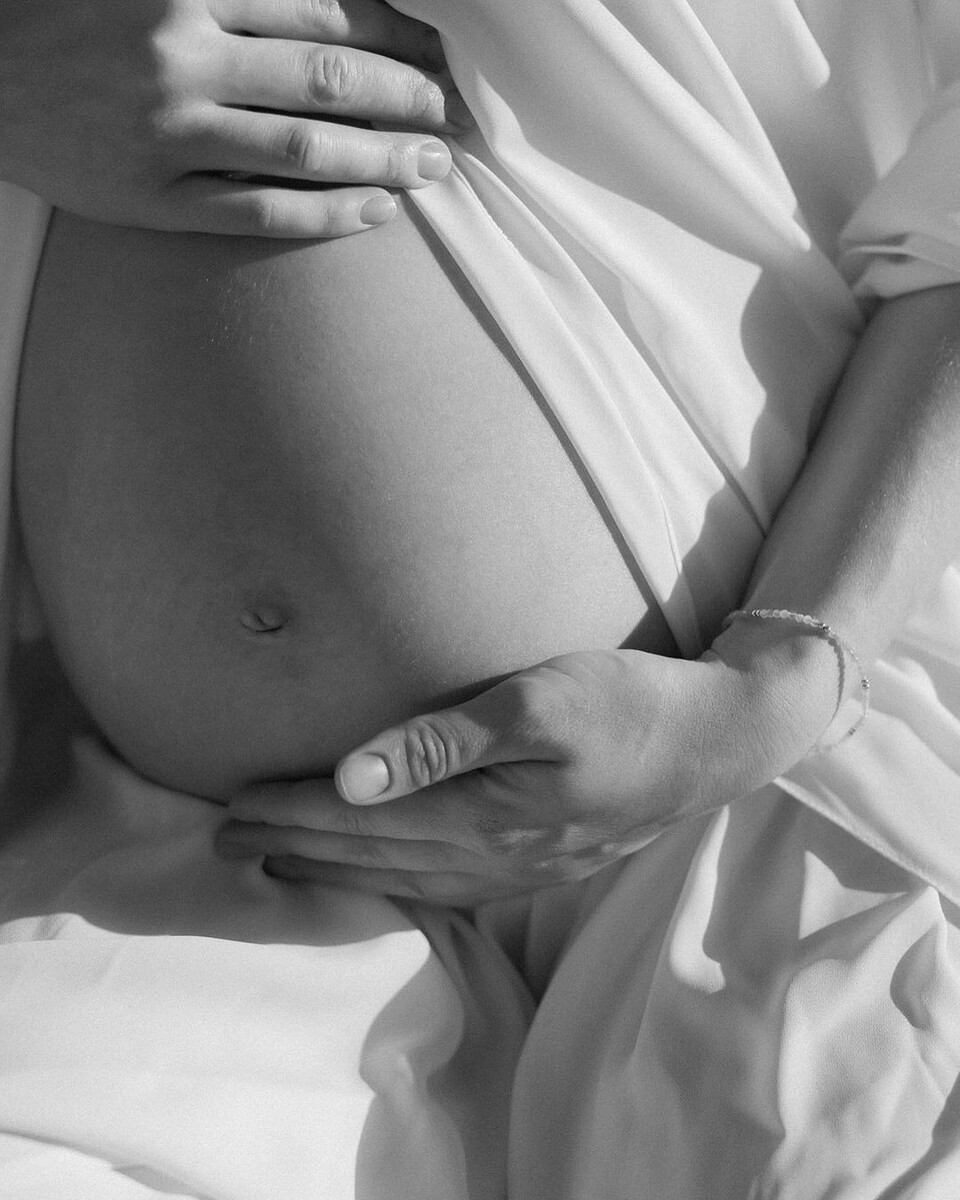
In many European countries, parental leave isn’t a debate. It’s a guaranteed right, funded by the state, and protected by employment law.
Scandinavian countries offer a striking example. In Sweden, parents share 480 days of paid leave per child, with flexibility in how it’s divided. In Finland, both parents are offered leave, and government-run “baby boxes” filled with essential items are mailed to new families as part of the national healthcare strategy.
These policies support breastfeeding, reduce early stress, and improve child development outcomes. When combined with widespread access to affordable childcare and regular wellness checkups, babies in Europe start life with a level of care and attention that few other regions can match, especially for first-time parents.
Europe Is Setting the Standard, and Everyone’s Watching
The European model doesn’t wait for recalls to spark reform. It builds rigorous oversight into every stage of a product’s lifecycle. Parents benefit from consistency, clarity, and confidence. But even outside Europe, this influence is starting to ripple outward.
From organic infant formulas that prioritize purity to household gear made without compromise, global parents are beginning to seek out products that follow Europe’s lead—even if they live continents away. The future of baby care doesn’t just look safer. It feels smarter.



